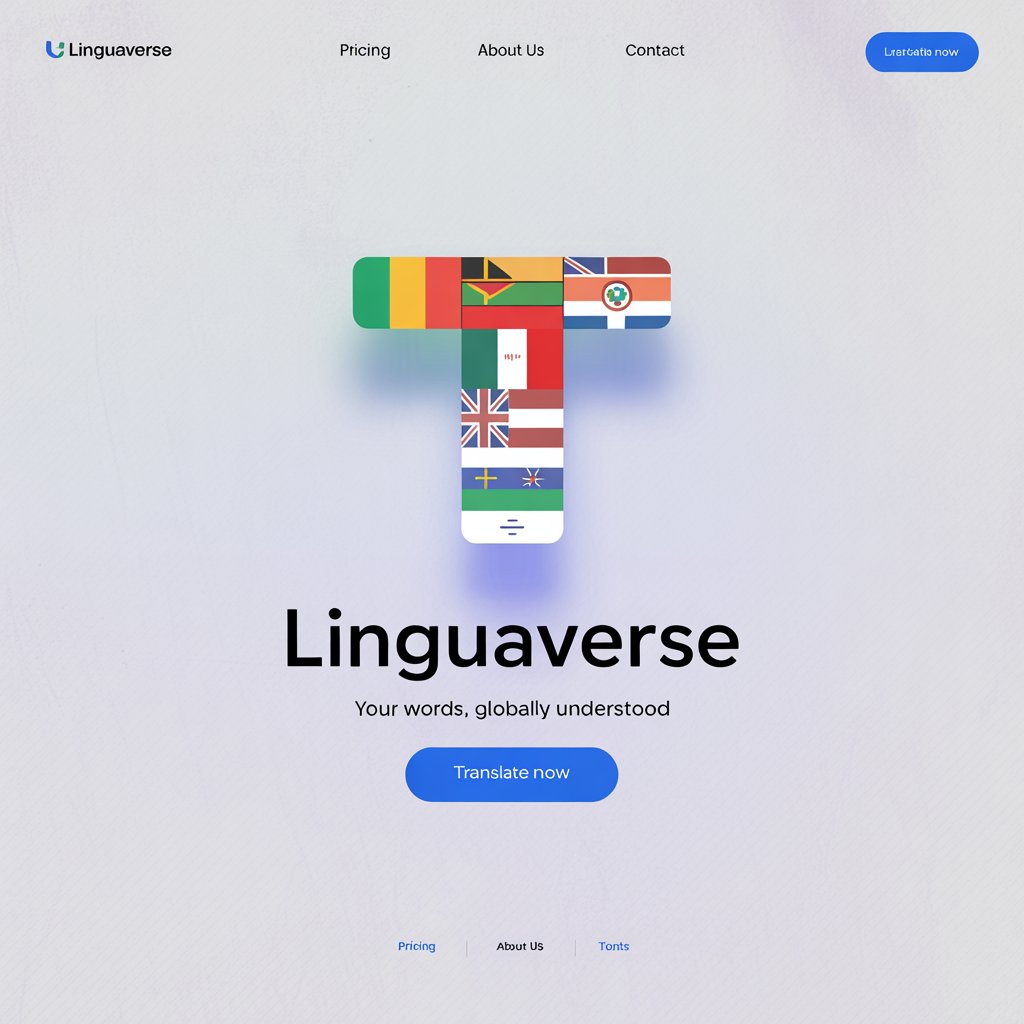Introduction: The Universal Language of Love
When I was a child, my grandmother would tuck me in at night, whispering “Ti amo” in her soft Italian accent. Those words, simple yet profound, wrapped me in warmth, a feeling that transcended language. Years later, traveling through Japan, I heard a friend softly say “Aishiteru” to her partner under a canopy of cherry blossoms. Though the words were unfamiliar, the tenderness in her voice was unmistakable. Love, in all its forms, is a universal thread that weaves through every culture, every language, every heart. Across the globe, the way we say “I love you” carries unique nuances, shaped by history, tradition, and emotion. Yet, at its core, it binds us in a shared human experience. In this exploration, we’ll journey through languages and cultures to uncover how the word for “love” resonates worldwide, revealing both its diversity and its unity.
A Global Lexicon of Love: Reference Table
Below is a table showcasing how “love” or “I love you” is expressed in various languages, along with brief cultural or linguistic insights.
| Language | Word/Phrase for Love | Cultural/Linguistic Insight |
|---|---|---|
| French | Amour / Je t’aime | Amour is synonymous with romance in French culture, often tied to poetic expressions. |
| Spanish | Amor / Te amo | Te amo is deeply personal, used for romantic love, while te quiero is more casual. |
| Italian | Amore / Ti amo | Italians use amore expansively, for lovers, family, or even passions like food or art. |
| German | Liebe / Ich liebe dich | Liebe reflects sincerity, with Germans reserving it for profound emotional connections. |
| Mandarin Chinese | Ài / Wǒ ài nǐ | Ài is reserved for deep, committed love, often used sparingly in Chinese culture. |
| Hindi | Pyar / Main tumse pyar karta hoon | Pyar encompasses romantic and familial love, deeply tied to Indian storytelling. |
| Japanese | Ai / Aishiteru | Aishiteru is rarely spoken, as Japanese culture often expresses love through actions. |
| Korean | Sarang / Saranghae | Saranghae is casual yet heartfelt, popular in K-dramas and everyday expressions. |
| Arabic | Hubb / Ana uḥibbuk | Hubb carries spiritual weight, often linked to divine and human love in Arab poetry. |
| Swahili | Upendo / Nakupenda | Upendo reflects community and affection, used widely in East African daily life. |
| Zulu | Uthando / Ngiyakuthanda | Uthando emphasizes deep emotional bonds, often tied to family and community in Zulu culture. |
| Yoruba | Ifẹ / Mo nifẹ rẹ | Ifẹ is holistic, encompassing love for people, nature, and spirituality in Yoruba tradition. |
| Maori | Aroha | Aroha extends beyond romantic love to compassion and respect for all living things. |
| Hawaiian | Aloha | Aloha is a way of life, embodying love, peace, and connection to community and nature. |
| Cherokee | Gvgeyu | Gvgeyu reflects a deep, enduring love, often tied to family and tribal unity. |
European Languages: Romance and Restraint
In Europe, the word for “love” carries a spectrum of meanings, shaped by cultural attitudes toward emotion. In French, amour is the heartbeat of romance, immortalized in poetry and cinema. Je t’aime is whispered in candlelit cafés, a phrase that feels like a melody. Yet, the French also use amour for passions like art or food, making it versatile yet intimate. In Spanish, amor is equally evocative, but distinctions matter: te amo is reserved for profound romantic love, while te quiero might be said to friends or family, reflecting Spain’s warm, expressive culture. Italian amore is boundless—Italians might declare ti amo to a lover or exclaim amore mio to a delicious plate of pasta, showcasing their zest for life. In contrast, German Liebe is more reserved. Ich liebe dich is a weighty declaration, often saved for serious commitments, reflecting Germany’s cultural emphasis on sincerity. Across these languages, love is both a personal vow and a cultural mirror, reflecting Europe’s blend of passion and restraint.
Asian Languages: Subtlety and Spirituality
Asia’s linguistic diversity offers a rich tapestry of expressions for love. In Mandarin Chinese, ài (Wǒ ài nǐ) is a powerful phrase, often reserved for deep, lifelong commitments due to cultural restraint in verbal expressions. Instead, love is often shown through actions, like cooking a favorite meal. In Hindi, spoken across India and parts of 20+ countries with Indian diaspora, pyar (Main tumse pyar karta hoon) is woven into Bollywood’s romantic narratives, reflecting a culture that celebrates love in both familial and romantic contexts. Japanese ai (Aishiteru) is rarely spoken; instead, subtle gestures like writing a love letter or enduring silence convey deep affection, aligning with Japan’s understated emotional style. In Korean, sarang (Saranghae) is more openly expressed, popularized by K-pop and dramas, yet still carries sincerity. Arabic, spoken across 22 countries, uses hubb (Ana uḥibbuk), a word rooted in poetry and spirituality, often linking human love to divine devotion. From the Middle East to Southeast Asia, love in Asian languages blends subtlety, spirituality, and cultural nuance.
African Languages: Community and Connection
Africa’s linguistic landscape reflects love as a communal and spiritual force. In Swahili, spoken in over 20 East African countries like Kenya and Tanzania, upendo (Nakupenda) is a versatile term, used for romantic partners, friends, or even strangers in acts of kindness, reflecting the region’s emphasis on community. Zulu, prevalent in South Africa, uses uthando (Ngiyakuthanda) to express deep emotional bonds, often tied to family and respect for elders. In Yoruba, spoken in Nigeria and parts of Benin, ifẹ (Mo nifẹ rẹ) is holistic, encompassing love for people, nature, and the divine, rooted in Yoruba spiritual traditions. Across Africa’s 54 countries, where over 2,000 languages are spoken, love is often a collective experience, tying individuals to their communities and ancestors, making it a powerful cultural force.
Indigenous & Island Languages: Love as a Way of Life
Indigenous and island languages offer unique perspectives on love, often intertwining it with nature and community. In Maori, spoken in New Zealand, aroha is more than love—it’s compassion, respect, and a connection to all living things, reflecting Maori’s holistic worldview. Hawaiian aloha, used across Pacific Island communities, is a philosophy of love, peace, and hospitality, greeting both friends and strangers with warmth. In Cherokee, spoken by Native American communities, gvgeyu emphasizes enduring love for family and tribe, rooted in cultural survival. Samoan alofa, used in Samoa and diaspora communities, mirrors aloha in its communal warmth, often expressed through shared meals or rituals. Across indigenous cultures in over 20 countries, from Australia’s Aboriginal languages to Polynesian dialects, love is a way of life, connecting people to each other and the earth.
Cultural Insights: The Evolution of Love
The word for “love” has evolved across civilizations, shaped by history, religion, and tradition. In ancient Greece, love was categorized into types like eros (romantic), agape (spiritual), and philia (friendship), influencing Western philosophy. In Arabic poetry, hubb has roots in pre-Islamic odes, blending human and divine love, a tradition that persists in modern literature. In India, pyar is tied to ancient Sanskrit texts like the Kama Sutra, where love is both sensual and spiritual. In African oral traditions, love words often carry ancestral wisdom, linking generations. Across cultures, love’s linguistic roots reflect universal human experiences—connection, sacrifice, and joy—while adapting to unique historical contexts, from courtly love in medieval Europe to communal bonds in indigenous societies.
Proverbs: Wisdom in Words
Love inspires timeless proverbs across cultures, encapsulating its joys and complexities:
- French: “L’amour trouve toujours un chemin.” (Love always finds a way.) – Reflects the French belief in love’s unstoppable force.
- Hindi: “Pyar mein dil se dil tak jati hai ek sidhi sadak.” (In love, there’s a straight road from heart to heart.) – Emphasizes emotional directness.
- Swahili: “Penzi lako ni pepo yangu.” (Your love is my paradise.) – Highlights love’s transformative power in East African culture.
- Japanese: “Ai wa kaze no gotoku shizuka ni.” (Love is like the wind, quiet and unseen.) – Captures Japan’s subtle approach to love.
- Yoruba: “Ifẹ ni ohun ti o mu aye wa ni itumo.” (Love is what gives life meaning.) – Reflects Yoruba’s holistic view of love.
These sayings reveal love’s universal resonance, tailored to each culture’s values and worldview.
FAQs
Why do words for love sound similar in many languages?
Many languages share linguistic roots due to historical interactions, like trade or conquest. For example, Romance languages (French, Spanish, Italian) derive amour, amor, and amore from Latin amor. Similarly, cultural exchanges, like Arabic influencing Swahili, create phonetic similarities.
What’s the oldest known word for love?
One of the earliest recorded words is Sumerian ki, used around 3000 BCE, meaning love or affection. Its cuneiform inscriptions show love’s timeless importance in human societies.
How do cultural differences shape expressions of love?
Cultures vary in emotional expression: Western societies often verbalize love openly, while Asian cultures may prioritize actions. In African and indigenous communities, love often extends to community and nature, reflecting collective values.
Conclusion: Love’s Universal Embrace
From the poetic amour of France to the communal upendo of Swahili, the words for love paint a vibrant mosaic of human connection. Each language carries its own melody, shaped by history, tradition, and values, yet all converge on a universal truth: love is the heartbeat of humanity. Whether whispered in a quiet moment or shouted in joyous celebration, these words remind us of our shared capacity to care, connect, and cherish. What’s the word for love in your language, and how does it shape your world? Share your stories in the comments below—let’s celebrate the many voices of love together.




